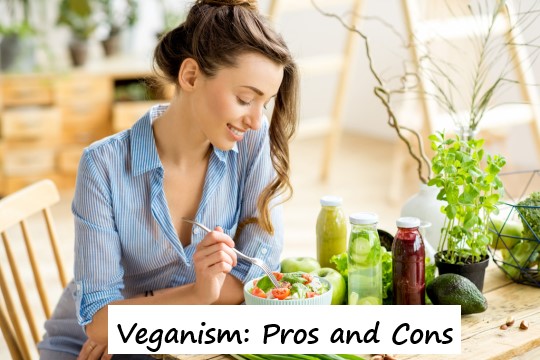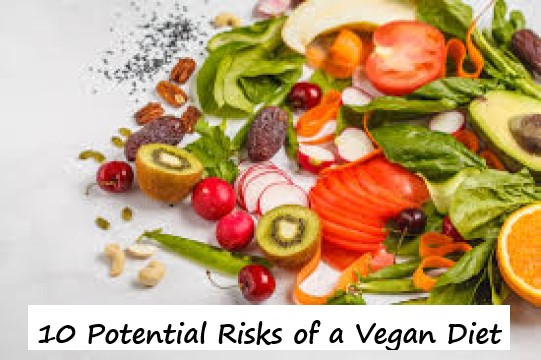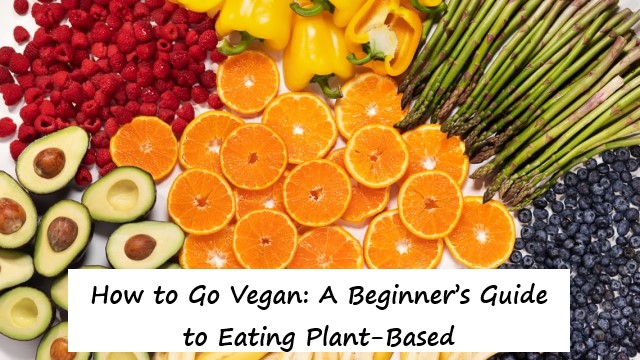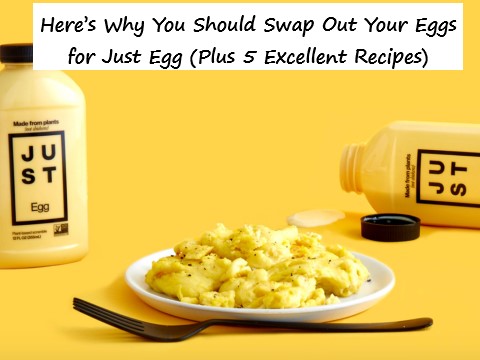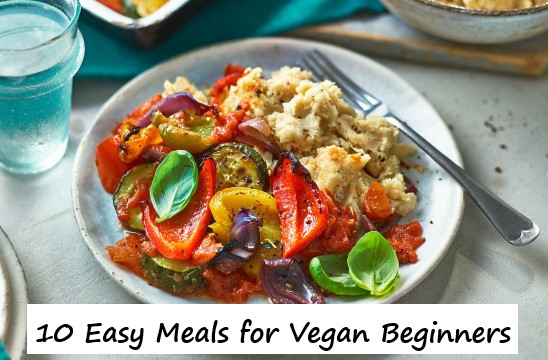Vegan diets offer a range of health benefits.
For people looking to lose weight, a vegan diet can help. Eating vegan may also help you maintain your heart health. What’s more, this diet may offer some protection against type 2 diabetes and certain cancers.
This https://thevegangarden.com/‘s article examines the science behind the potential benefits of vegan diets. We’ll highlight some recipe ideas that feature the versatility of plant-based, whole food eating. And if you’re wondering how a vegan diet differs from a vegetarian one, we’ll cover that, too.
A vegan diet is richer in certain nutrients
Switching to a vegan diet from a typical Western diet means you’ll eliminate meat and animal products.
This will lead you to rely more heavily on other foods. In the case of a whole food vegan diet, replacements take the form of:
- whole grains
- fruits
- vegetables
- beans
- peas
- nuts
- seeds
Since these foods make up a larger portion of a vegan diet than a typical Western diet, they can lead to a higher daily intake of certain beneficial nutrients.
Several studies have reported that vegan diets tend to provide more fiber, antioxidants, and beneficial plant compounds. They also appear to be richer in potassium, magnesium, folate, and vitamins A, C, and E.
Vegan diets even appear to be higher in iron. However, the form of iron that plants provide is not as bioavailable — meaning, your body is not as able to absorb it — as the form found in animal foods.
Yet, not all vegan diets are created equal.
For instance, poorly planned vegan diets may not provide sufficient amounts of vitamin B12, niacin, riboflavin (vitamin B2), vitamin D, calcium, iodine, selenium, or zinc.
That’s why it’s essential to choose whole plant foods and fortified foods. You may need to consider supplements for nutrients such as vitamins B12 and D, zinc, and calcium, since these may be lacking in a vegan diet.
Eating vegan can help you lose excess weight
An increasing number of people are turning to plant-based diets in hopes of shedding excess weight. While there’s no guarantee that a vegan diet will lead to weight loss, there may be some good reasons to give it a try.
Many observational studies suggest that vegans tend to be thinner and have lower body mass indexes (BMIs) than nonvegans.
In addition, several randomized controlled studies — the gold standard in scientific research — report that vegan diets are more effective for weight loss than the diets they are compared with.
Findings include:
- A small study found that people eating a low fat, high fiber vegan diet lost more weight than those eating a conventional low fat diet.
- Participants following a vegan diet lost an average of 13 lbs (6 kg) over 16 weeks, while those following the Mediterranean diet did not see any weight loss.
- Vegan eaters also lost more weight in a study than people who included meat or fish in their diets. Vegetarians lost just as much weight as vegans in this study.
- When comparing a low fat, whole food vegan diet to a standard omnivorous diet over 16 weeks, the vegan diet resulted in an average of 13 lbs (6 kg) of weight loss. People eating their regular diets did not experience significant weight loss.
What’s more, a small study comparing the weight loss effects of five different diets concluded that vegetarian and vegan diets were just as well-accepted as semi-vegetarian and standard Western diets.
Even when study participants weren’t following the diets perfectly, the people in the vegetarian and vegan groups still lost more weight than those on a standard Western diet.
Overall, more studies are needed to understand which aspects of a vegan diet make the biggest difference when it comes to weight loss. Whether a diet is vegan or not, many factors can affect how well a weight loss diet works, including:
- fiber content
- calorie levels
- eating whole foods versus processed foods
A vegan diet appears to lower blood sugar levels and improve kidney function
A vegan diet may also provide benefits for type 2 diabetes and declining kidney function.
Indeed, vegans tend to have lower blood sugar levels and higher insulin sensitivity and may have a lower risk of developing type 2 diabetes.
Even if you don’t go fully vegan, increasing your intake of healthy plant-based foods and decreasing your intake of meat- and dairy-based foods may reduce your type 2 diabetes risk.
A 2006 study even reported that a vegan diet lowers blood sugar levels in people with diabetes more than the recommended diet from the American Diabetes Association (ADA).
In one 2009 study, 43% of participants following a vegan diet were able to reduce their dosage of blood sugar-lowering medication, compared with only 26% of participants who followed an ADA-recommended diet.

Lower risk of diabetes complications
In general, a vegan diet is thought to lower the risk of complications for people with type 2 diabetes.
People with diabetes who substitute plant protein for meat may reduce their risk of poor kidney function, but more research is needed on this topic.
What’s more, several studies report that a vegan diet may help to relieve pain caused by peripheral neuropathy, a common condition in people with diabetes. But more evidence is needed before experts can confirm that this approach is effective.
Going vegan may protect against certain cancers
According to the World Health Organization, at least one-third of all cancers can be prevented by factors within your control, including diet.
Benefits of eating more plant foods
Vegans generally eat considerably more legumes, fruits, and vegetables than nonvegans. This may explain why a 2017 study found that vegans may benefit from a 15% lower risk of developing cancer.
For instance, eating legumes regularly may reduce your risk of colorectal cancer by 9–18%.
And according to the National Cancer Institute, eating higher amounts of plant-based foods reduces your risk of several types of cancer, including stomach, lung, mouth, and throat cancers.
It may also reduce the risk of colon, prostate, and pancreatic cancers.
What’s more, vegan diets generally contain more soy products, which may offer some protection against breast cancer.
Benefits of avoiding meat
Avoiding certain animal products may also help reduce the risk of prostate, breast, stomach, and colorectal cancers. Red meat, smoked meat, or processed meats and meats cooked at high temperatures are thought to promote certain types of cancers.
Because a vegan diet does not contain meat, vegans don’t consume these foods. This could lower their cancer risks.
Effects of avoiding dairy
Vegans also avoid dairy products, which some studies suggest may slightly increase the risk of prostate cancer.
On the other hand, there is evidence that dairy may help reduce the risk of other cancers, such as colorectal cancer.
So, avoiding dairy may not be the factor that lowers vegans’ overall risk of cancer.
It’s important to note that these studies are observational. They make it impossible to pinpoint the exact reason vegans have a lower risk of cancer.
However, until researchers know more, it seems wise to focus on increasing the amounts of fresh fruits, vegetables, and legumes you eat each day while limiting your consumption of processed, smoked, and overcooked meats.
A vegan diet is linked to a lower risk of heart disease
Eating fresh fruits and vegetables, legumes, and fiber is linked to a lower risk of heart disease.
Well-planned vegan diets generally include all these foods in amounts higher than the standard Western diet.
Observational studies comparing vegans with vegetarians and non-vegetarians report that vegans may benefit from up to a 75% lower risk of developing high blood pressure.
Vegans may also have a lower risk of dying from heart disease, though more studies are needed to understand the relationship.
What’s more, several randomized controlled studies report that vegan diets are much more effective at reducing blood sugar, LDL (bad) cholesterol, and total cholesterol levels than the diets they are compared with.
This may be particularly beneficial to heart health, since reducing high blood pressure, cholesterol, and blood sugar levels may reduce the risk of heart disease by as much as 46%.
A well-balanced vegan diet includes plenty of whole grains and nuts, both of which are good for your heart.


